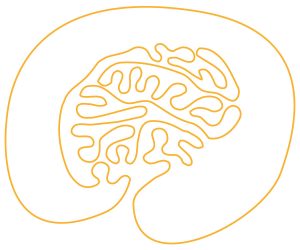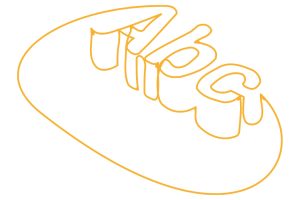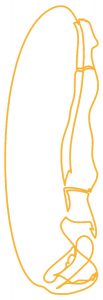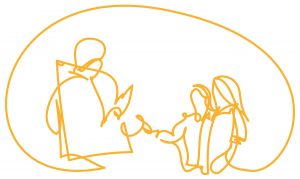Creativity techniques for you to try out, or:
How to create new ideas
TEXT Maike Held & Franziska Hapke ILLUSTRATION Thomas Steigerwald
Creativity techniques for you to try out, or:
TEXT Maike Held & Franziska Hapke ILLUSTRATION Thomas Steigerwald
Developing new thoughts and ideas can be difficult at times. Especially when you are looking for a solution to a specific problem. A known method is to abandon old thought processes and patterns of thinking. However, the question often is: how do we do that?
Linus Pauling (Nobel Prize winner in Chemistry)
The first step is to generate as many ideas as possible. The so-called intuitive creativity methods were designed for this particular purpose. They can help to overcome mental blocks, encourage people to think out of the box and stimulate the flow of ideas. Intuitive methods using associative techniques directly aim at the subconscious and thus activate knowledge hidden to the mind. We have compiled some of these methods for you to try out.

General ‘rules of the game’
In advance, the task or the problem should be described in a way to create a general understanding about the topic. Ideas will only be criticised, evaluated or discarded at the end of the process.
Creativity killers
Creativity boosters
Intuitive approaches support us in leaving the usual patterns of thinking and help to create a large number of ideas within a short time. Subsequently, the preferred solutions can be followed up on using discursive methods. They continue the idea-finding process in a systematic way and describe an idea in greater detail. Due to the expertise and expert knowledge required and the restricted subject area, these techniques are much more demanding than intuitive methods and should therefore be conducted by trained facilitators.
The ABC method:
a ‘silent’ method
Benefit:
Writing down the ideas motivates more introvert characters to participate in the idea-finding process. This approach is also ideal as a feedback method during the evaluation phase of an idea.
Participants:
Groups of 2–10 people working individually
Materials:
Facilitator tools (paper, flip chart, projector or similar), pen
Note down the letters of the alphabet consecutively one below the other. Leave sufficient space next to each letter to note down comments.
The participants write their comments in the column next to the initial letter, e.g. comments on an existing idea that was presented beforehand. They can note as many ideas as they like and can also leave out letters. Neither do they have to adhere to the order of the letters. The time to complete this task should be limited to ten minutes.
After collecting all the comments, they are discussed, evaluated and accepted or discarded.


The flip-flop technique:
a ‘loud’ method
Benefit:
By turning the problem upside down, no established patterns of thinking can hinder the brainstorming process, resulting in unexpected insights into the subject area. The flip-flop technique works immediately, especially with untrained teams.
Participants:
Groups of 2–10 people working individually
Materials:
Facilitator tools (paper, flip chart, projector or similar), pen
The problem to be solved is turned around and written down. This can be done within the group or be prepared in advance. For example, if the goal is to increase turnover, you try to think of ways to reduce it. Paradoxically, we know very well what does not work and why it does not work. We see faults, obstacles and problems much clearer than solutions.
The team members then individually note down their ideas – ‘How can we decrease our turnover?’. They are allowed approx. 10 minutes to do this.
The ‘negative’ ideas are then collected and the facilitator reads them aloud to discuss and order them systematically. The sorted ideas are then presented in a way that all participants can see them.
The approaches suggested are then flipped around again so that they can be applied and transferred to the original problem.
The gallery method:
a ‘mobile’ method
Benefit:
The method is particularly well-suited for groups comprising people with different horizons of experience. It is an effective approach to creative problems because the solutions are presented in an illustrative and sensibly arranged way.
Participants:
Groups of 4–12 people
Materials:
Pin cards, pens, pins, a room large enough to ensure that the individual participants can work undisturbed, free walls or partitions.
The problem is presented and explained to the group. For example: the risk of injury from a system is to be minimised without reducing the efficiency of the production process. The subgroups with different horizons of experience include the workers concerned about their health and the technicians and management experts evaluating the technical and financial feasibility.
First of all, each participant works out an individual, impartial solution, outlining it on a pin card.
The individual suggestions are collected and put up in form of a gallery to discuss them in the group, with the participants inspiring each other to think of additional ideas. Some first ideas are discarded or combined with each other.
The approaches are individually re-evaluated, refined and then the most practical solution is selected. However, no definitive decision is made at this point, as the solution still has to be approved by further parties responsible. In our example, occupational health and safety and security officers will also be involved in the process. Initially, the goal is only to collect creative solutions.
